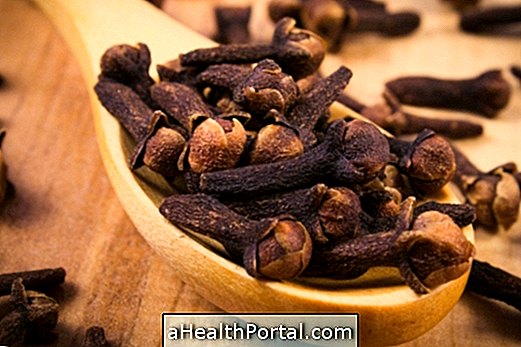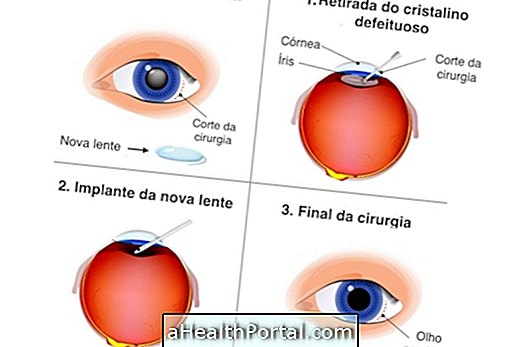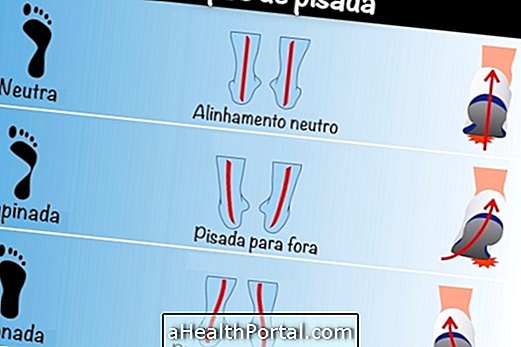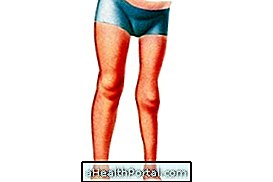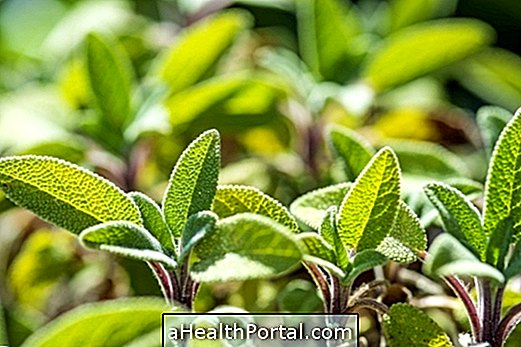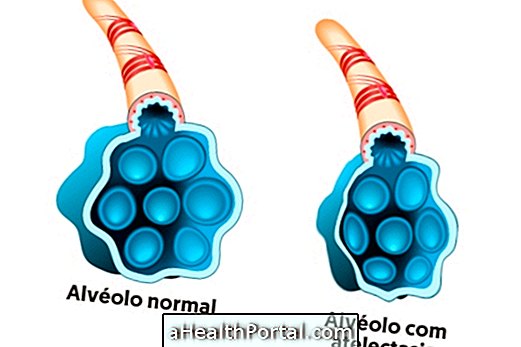Cryptococcosis, also known as Torulose, Busse-Buschke's Disease and European Blastomycosis is an infectious disease, caused by a fungus called Cryptococcus neoformans, the most severe symptom caused by this disease is meningitis. Its treatment is based on antifungal medicines that prevent the progression of the disease.
The fungus that causes Cryptococcosis is found in fruits, cereals, trees and bird droppings such as pigeons, considered the main transmitters of the disease.
Humans are usually contaminated by inhaling the feces of these birds, resulting in a respiratory infection, but if the individual has a weak immune system, the infection tends to spread through the blood causing brain damage that can lead to death.
Symptoms of Cryptococcosis
The main symptoms of Cryptococcosis are:
- Nasal discharge:
- Dyspnea;
- Sneezing;
- Headache;
- Nausea;
- Vomiting;
- Light sensitivity;
- Fever;
- Weakness;
- Pulmonary nodules;
- Chest pain;
- Stiff neck;
- Night sweats;
- Mental confusion;
- Meningitis.
Diagnosis of Cryptococcosis
The diagnosis is made through clinical observation of symptoms and several laboratory tests, the most commonly used is the "Ink-da-china" that makes it possible to detect the transmitting agent of Cryptococcosis, the analysis of body secretions also allows to detect the presence of fungus in the body of the individual.
Chest X-ray may also be useful for the diagnosis of the disease, since it allows the observation of lung damage, nodules or a single mass that characterize Cryptococcosis.
Treatment of Cryptococcosis
Treatment of Cryptococcosis is done by administering 0.3 mg Amphotericin B for 6 to 10 weeks.
Fluconazole is an antifungal that can also be used for the treatment of cryptococcosis.
Prevention of Cryptococcosis
The prevention of Cryptococcosis can be done avoiding direct contact with the sources that cause the disease, especially the pigeons, some essential care are:
- Avoid feeding pigeons;
- If you need to work with birds, use masks and gloves;
- Use water and chlorine to wash the faeces of the pigeons present in the places they frequent.
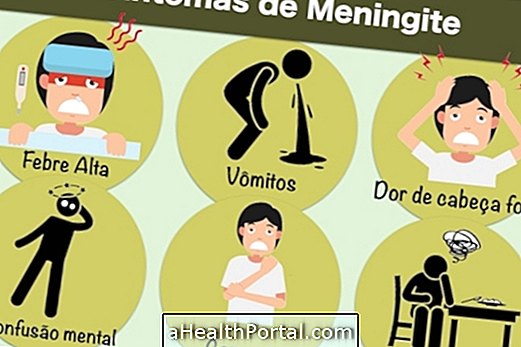

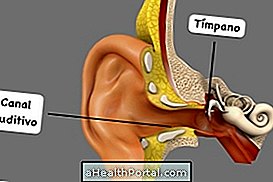
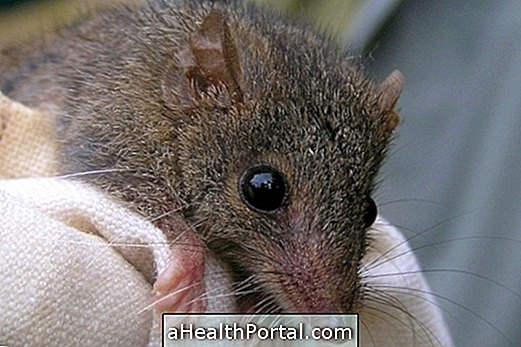



.jpg)






